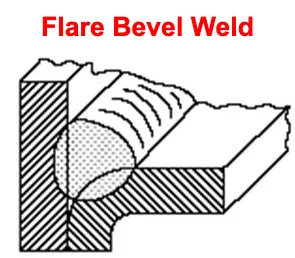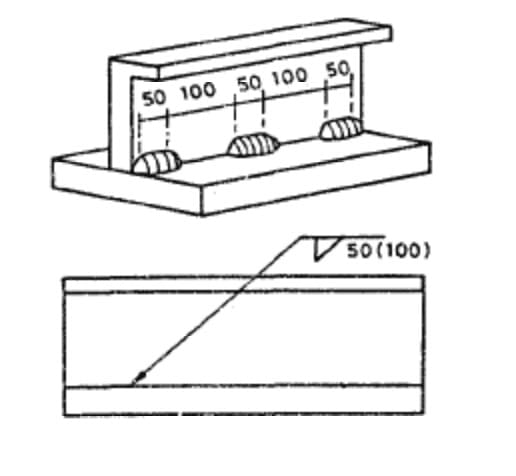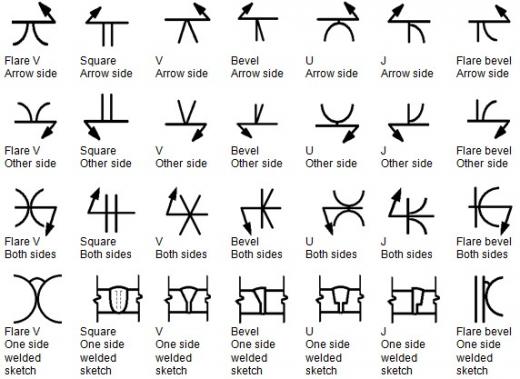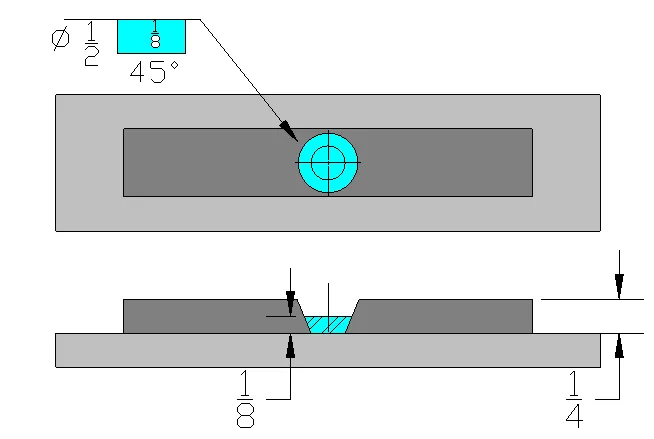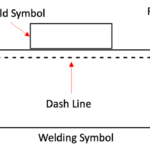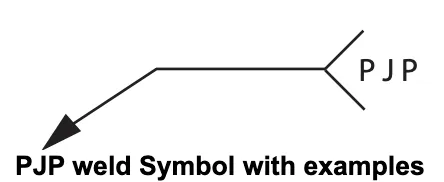Partial Penetration Weld vs Fillet Weld
A partial penetration weld and a fillet weld are two different types of welds commonly used in welding applications. Here are the key differences between them:
Partial Penetration Weld:
- A partial penetration weld refers to a weld joint where the weld does not fully penetrate through the entire thickness of the joint.
- The weld is made to a certain depth, leaving a portion of the joint unpenetrated.
- Partial penetration welds are often used when full penetration is not required or feasible due to design or material constraints.
- They are commonly used in non-critical structural applications or when welding thick materials.
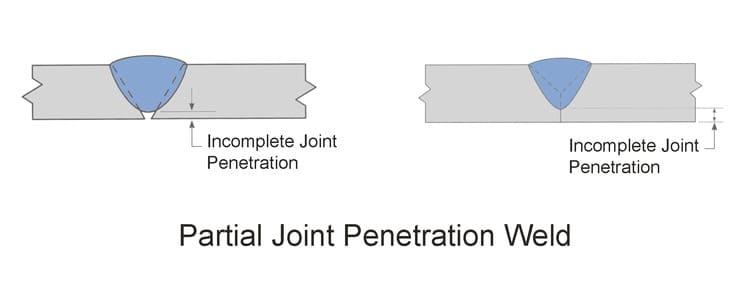
Fillet Weld:
Fillet welding is the method of connecting two metal pieces when they are positioned at a right angle or an inclined angle. These welds are often known as tee joints, which involve two metal pieces perpendicular to each other, or lap joints, where two metal pieces overlap and are welded at the edges.
The resulting weld takes on a triangular form and its surface can be concave, flat, or convex, depending on the technique employed by the welder.
- A fillet weld is a type of weld joint where two pieces of metal are joined at an angle, typically a 90-degree angle.
- The weld is made along the intersection of the two pieces, creating a triangular cross-section.
- Fillet welds are commonly used to join two pieces of metal that are perpendicular or at an angle to each other.
- They are versatile and widely used in various applications, including structural steel, fabrication, and general welding.
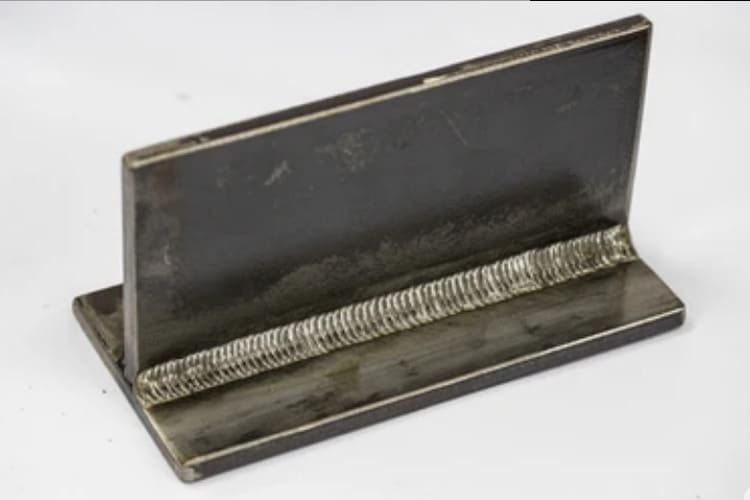
| Partial Penetration Weld | Fillet Weld |
|---|---|
| Weld does not fully penetrate through the entire thickness of the joint | Weld is made along the intersection of two pieces |
| Made to a certain depth, leaving a portion of the joint unpenetrated | Creates a triangular cross-section |
| Used when full penetration is not required or feasible | Used to join pieces at an angle, typically a 90-degree angle |
| Commonly used in non-critical structural applications or when welding thick materials | Versatile and widely used in various applications |
| Provides strength and stability to the joint, but not as strong as full penetration welds | Provides good load-bearing capacity and strength |
| Depth of weld penetration is determined based on specific requirements | Size of the fillet weld is determined based on joint design and material thickness |
| Requires less welding time and heat input compared to full penetration welds | Requires proper fit-up and alignment of the joint |
| Suitable for situations where partial weld is sufficient for the intended purpose | Suitable for joining materials at different thicknesses or when access is limited |
In summary, the main difference between a partial penetration weld and a fillet weld lies in their purpose and the way they are applied. Partial penetration welds are used when full penetration is not required, while fillet welds are used to join pieces at an angle, typically a 90-degree angle.



